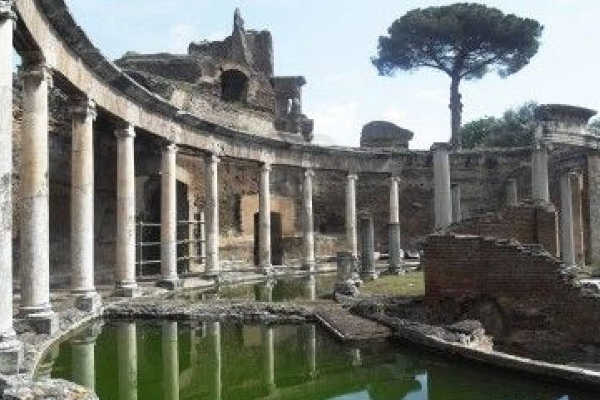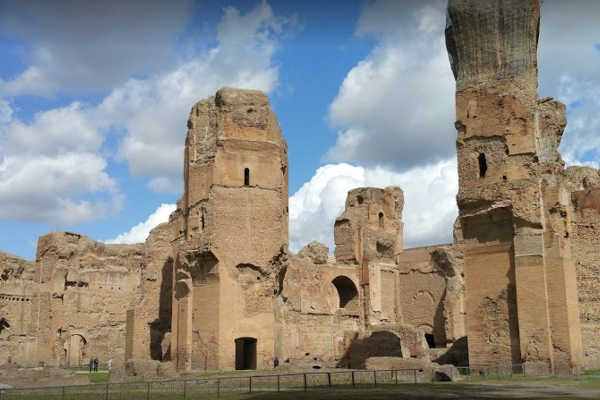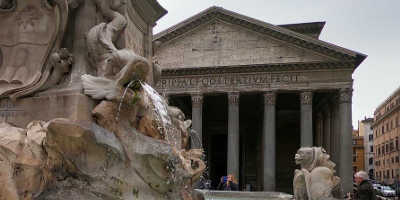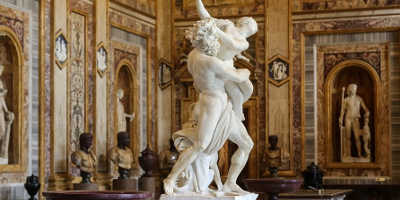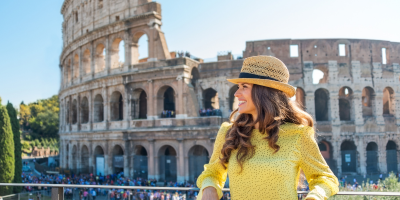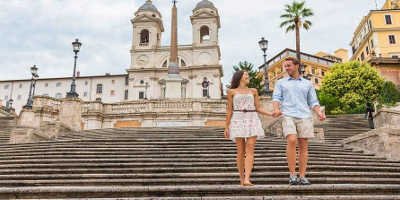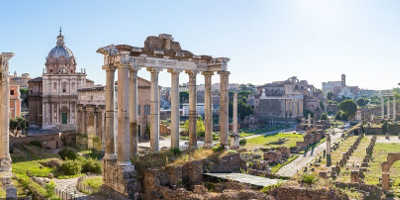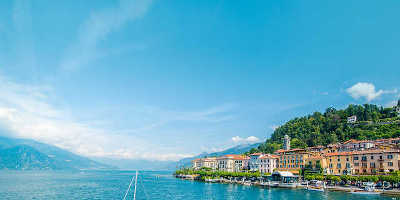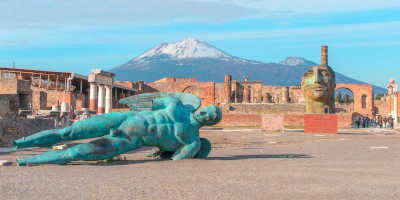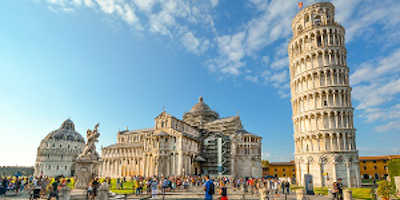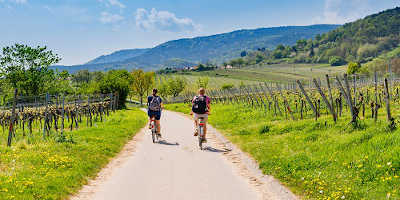What’s the history of Ancient Roman Baths?
A common feature during ancient Rome, and yet an unusual notion for us in the present day. Learn more about the Roman Baths and their role in ancient Roman society.
The notion of bathing houses may have its origins in Ancient Greece however it was the Romans who improved upon the experience and made the process more efficient and hygienic. Baths began popping up in Ancient Rome in the early 3rd century BC and just over 200 years later there were over 850 of its kind. The phrase ‘terme’ in Italian translated to hot springs however it served as more than just that. It was a social hotspot where people met to discuss politics, gossip or people watch. As baths grew in popularity, they also grew in size. Set out in gardens, they were massive complexes featuring libraries, gymnasiums, and other wellness-related outlets. Traditionally, the baths were visited during the afternoon as a leisurely activity that became ingrained in the daily lives of Roman citizens.
Uses of the baths
The order for the bathing ritual was truthfully up to each individual as there was no particular routine in which they had to visit the rooms. However, the afternoon usually began with changing out of their daily clothes, the wealthier guests had slaves to look after their clothes, but if you were a commoner you could pay an attendant on the spot to watch over your belongings. Next, they’d be rubbed with oil and would head to the gym to exercise, however it was never a strenuous workout, just enough to work up a light sweat. After this, the individual could move rooms starting from the hot room, to the warm room and then finally the cold room for a refreshing change.
There were other features as well as an exercise room, solarium, open-air swimming pool and other health and wellness treatment rooms. The baths were lavishly decorated and had spaces for both men and women. While there is much debate on whether the baths were mixed or segregated, there has been evidence found that in some baths allowed women to go in the morning and men in the afternoon.
How did the Baths work?
Baths were not only important for sanitization purposes; it also was a way to keep the citizens of Rome happy and entertained. It is reported that during the construction of the Caracalla Bath, over 10,000 prisoners of war were used to level out the ground and a further 6,000 men needed for the actual construction of the baths. The building stood tall at a height of 30 metres and four levels. For easy access, there was a main corridor that led out to the other rooms on offer.
The water system in Ancient Rome was a miraculous feat in that it provided millions of gallons to the city of Rome and to the baths. Water was heated in boilers that were laden with bronze pipes to induce heated pools and sauna-like rooms. Perhaps the greatest invention of all was the Hypocaust. Water sourced from aqueducts circulated in a small space underneath the floor in a series of chimneys and pipes meaning that the water never actually touched the floor. To counteract the hotness of the ground, Romans would wear thick sandals so that their feet never needed to touch the ground. It was this reason that made the baths a social phenomenon that took Ancient Rome by storm, so much so that the leisurely activity was the highlight and an essential part of the day. Even the wealthier Romans, who had running water and magnificent marbled baths in their home, chose to come to the public baths to socialise.
Rooms in the Baths
-
Apodyterium
The first starting place for bathers, this room acted as the changing area in which visitors left the clothes with their own personal slave or attendant before they went to the main area.
-
Palaestra
A large gymnasium style room, the men would exercise by doing light weightlifting and running. They could even play ball games in the large gardens.
-
Tepidarium
This room held a warm bath and was used as a meeting point for bathers to sit, relax and talk.
-
Caldarium
The main room of the bath, this area featured a sauna-like room with a hot pool.
-
Frigidarium
After the Romans were sufficiently bathed and cleaned, they took a refreshing dip in a cold bath to signify the end of their bath and fitness activities that left them clean but sweltering hot.
Ruins of Baths Today
The best-preserved baths that can be found today in Rome are the Caracalla Baths. While only the structural outsides remain, it’s hard not to imagine the grandeur of the baths that were privy to the wealthiest of the Roman citizens. Once shrouded in marble, the Baths of Caracalla were an impressive site and can be seen today by walking 10 minutes from the Circo Massimo. In its glory days, the site could fit up to 1,600 bathers who relied on the baths for daily sanitisations as most of most common houses didn’t have running water. Today the Baths of Caracalla are used for the opera on the gardens of the complex. It also served as the gymnastic area in the 1960’s Olympic Games. The largest of the baths were also in Rome and were called the Baths of Diocletian, this area amassed a size of 30 acres and could hold 3000 people, however only a small portion can be seen today as part of the National Museum of Rome.
The most well-preserved baths that are found outside of Rome are in England in the historical city of Bath. Although the pipes still work, the baths are unsafe to bathe as the water system is thousands of years old. Nevertheless, it is a one of a kind example of the baths that the Romans had used, as it was constructed in 70AD and still stands today. The world heritage listed site is renowned for its stunning display of Roman architecture and is thought to have magical healing properties as it was built on the site of natural hot springs.
Related article: The Daily Lives of the Ancient Romans

